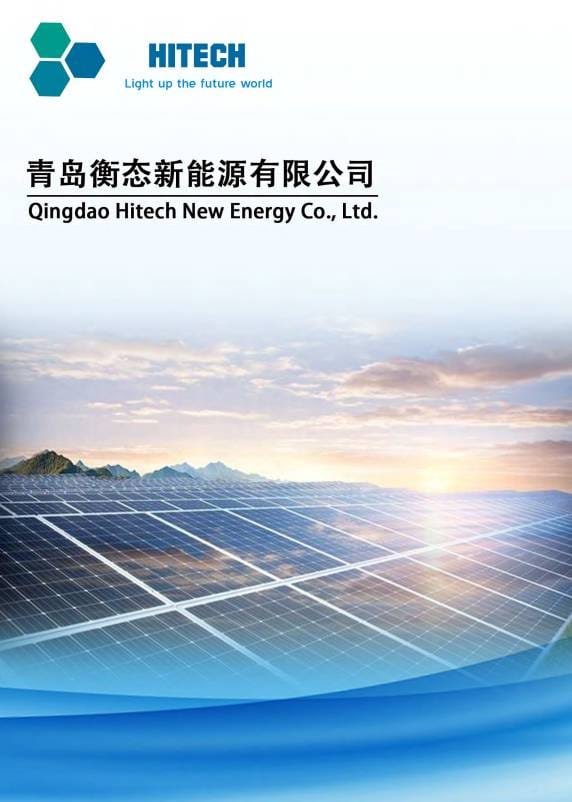Light poles are an essential part of urban infrastructure, providing illumination for roads, parks, and public spaces. Choosing the right material affects durability, maintenance, cost, and aesthetics.
This guide explores common and emerging materials used in light pole construction to help you make an informed decision.
1. Introduction
Light poles are a crucial component of modern city planning. They enhance safety, improve visibility, and contribute to urban aesthetics. The material used in their construction determines their lifespan, strength, and maintenance needs.
How Material Choice Impacts Performance:
- Durability: Resistance to environmental stress, corrosion, and mechanical damage.
- Maintenance: Some materials require frequent upkeep, while others are low-maintenance.
- Aesthetics: The material affects the visual appeal of streets and public spaces.
This guide will compare different materials, including steel, aluminum, fiberglass, concrete, wood, and emerging composite materials.
2. Common Light Pole Materials and Their Properties
2.1 Steel Light Poles
Strength & Durability:
✔ High resistance to impact, ideal for high-traffic areas.
✔ Strong structural integrity, supporting heavier light fixtures.
Best Applications:
✔ Highways, major roads, and public spaces.
Drawbacks:
✖ Susceptible to rust and corrosion without proper treatment.
✖ Requires maintenance, including galvanizing or painting.
2.2 Aluminum Light Poles
Rust-Resistant & Lightweight:
✔ Naturally corrosion-resistant, ideal for coastal and humid areas.
✔ Lighter than steel, reducing installation costs.
Aesthetic & Flexible:
✔ Available in various finishes, making them ideal for decorative and urban settings.
Cost Considerations:
✖ Higher initial cost than steel but lower long-term maintenance costs.
2.3 Fiberglass Light Poles
Non-Conductive & Weather-Resistant:
✔ Ideal for areas near power lines due to non-conductive properties.
✔ Can withstand extreme weather conditions, including high winds and storms.
Flexible & Durable:
✔ Bends instead of breaking under pressure, reducing wind damage risks.
Minimal Maintenance:
✔ No need for painting, galvanizing, or special coatings.
3. Less Common Light Pole Materials
3.1 Concrete Light Poles
Extremely Durable & Low Maintenance:
✔ Long lifespan with minimal upkeep.
✔ Resistant to rust, corrosion, and extreme weather conditions.
Best Use Cases:
✔ Historical areas, highways, and heavy-duty applications.
Challenges:
✖ Very heavy, making transportation and installation costly.
3.2 Wooden Light Poles
Aesthetic Appeal:
✔ Adds a rustic and natural look to parks, historical sites, and countryside roads.
Environmental Drawbacks:
✖ Prone to rot, insect damage, and weathering.
✖ Requires frequent treatment and maintenance.
3.3 Emerging Materials: Carbon Fiber & Composite Poles
Ultra-Lightweight & High-Strength:
✔ Stronger than steel but significantly lighter.
✔ Corrosion-resistant and ideal for extreme environments.
Cost Factor:
✖ High production cost limits widespread use to specialized applications.
4. Choosing the Right Light Pole Material

Factors to Consider:
- Location & Environmental Conditions: Coastal vs. urban settings.
- Durability & Maintenance Needs: Long-term investment vs. frequent upkeep.
- Weight & Installation Requirements: Ease of transportation and setup.
- Budget Constraints: Balancing initial costs with maintenance expenses.
Best Material for Different Applications:
| Application | Best Material |
|---|---|
| Highways & major roads | Steel |
| Coastal & humid regions | Aluminum or Fiberglass |
| Urban & decorative lighting | Aluminum |
| Areas near power lines | Fiberglass |
| Historical & park settings | Concrete or Wood |
| High-tech environments | Carbon Fiber |
5. Conclusion
Selecting the right light pole material is crucial for balancing cost, durability, and maintenance needs.
- Steel is ideal for high-traffic areas but requires maintenance.
- Aluminum is corrosion-resistant and decorative but costs more.
- Fiberglass is lightweight and durable, perfect for areas near power lines.
- Concrete is best for long-term use but is heavy and expensive to install.
- Wood is aesthetic but prone to weathering.
- Carbon Fiber is the future of light pole materials, but its high cost limits widespread adoption.
By carefully evaluating your needs, location, and budget, you can choose the best material for your light poles to ensure safety, longevity, and efficiency.


